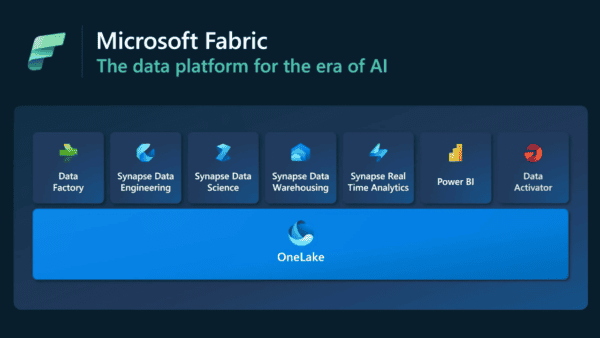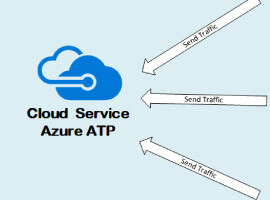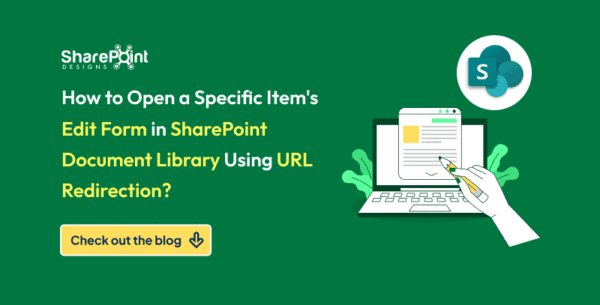Many customers ask me about the advantages of moving from Azure Synapse Analytics to Microsoft Fabric. Here’s a breakdown of the standout features that make Fabric an appealing choice:
- Unified Environment for All Users
Fabric serves everyone—from report writers and citizen developers to IT engineers—unlike Synapse, which primarily targets IT professionals. - Hands-Free Optimization
Fabric is auto-optimized and fully integrated, allowing most features to perform well without requiring technical adjustments. - Simplified Data Storage with OneLake and Shortcuts
OneLake and shortcuts make data storage and access straightforward, enhancing data management efficiency. - Open-Source Delta Lake Compatibility
Fabric stores all data in open-source Delta Lake format, enabling easy integration with Databricks and other analytics platforms. - SaaS Architecture for Ease of Use
As a Software-as-a-Service (SaaS) platform, Fabric simplifies development and maintenance, unlike the more hands-on Synapse. - Enhanced Cost Control through Fabric capacities
Fabric’s capacity-based pricing model provides straightforward cost management. - Scalability from Small to Enterprise Solutions
Migrating a small Fabric solution to an enterprise-scale solution is seamless and efficient. - Direct Lake for Faster Query Performance
Direct Lake enhances query performance and speeds up reporting. - Unified Compute with Capacity Pooling
Fabric’s “universal bucket of compute” allows all products to share the same capacity, instead of each having individual compute, simplifying resource management. - Universal Security (Available Q4 2024)
Fabric’s upcoming OneSecurity, or “universal security,” will provide centralized security across datasets. - Integrated Copilot for Enhanced Development
Copilot integration aids in development and data insights, making it easier to analyze and understand data. - Seamless Data Sharing Across Workspaces
Data can be easily shared between workspaces for improved collaboration. - Multi-Cluster Compute
Fabric supports multiple capacities accessing the same data, similar to “multi-cluster compute” or “multi-cluster warehousing”, optimizing concurrency. - Cost Savings Compared to Dedicated SQL Pools
Fabric offers a more cost-effective solution than dedicated SQL pools.
Cost-Saving Insights with Microsoft Fabric
Additionally, here are indirect ways customers are saving costs with Fabric compared to Synapse:
- Consolidated Technology Stack
A single platform for IT and citizen developers (no separate learning curves for Synapse and Power BI). - Reduced DBA Needs
Auto-optimization and integration lessen the demand for dedicated database administration. - Storage and Egress Cost Savings
OneLake shortcuts reduce storage and egress charges, and simplify ETL development. - Delta Lake Storage for Flexible Use
Data stored in Delta Lake format is accessible outside Fabric, providing greater flexibility. - SaaS Benefits
The SaaS model reduces development overhead and streamlines updates. - Unified Compute with Capacity Pooling
Shared compute across capacities reduces costs by eliminating individual compute allocations per service. - Copilot Acceleration
Copilot speeds up development, reducing time-to-insight.
About the Author:

James Serra
Reference:
Serra, J (2024). Benefits of Migrating from Azure Synapse Analytics to Microsoft Fabric. Available at: Benefits of Migrating from Azure Synapse Analytics to Microsoft Fabric | James Serra’s Blog [Accessed: 11th December 2024].










